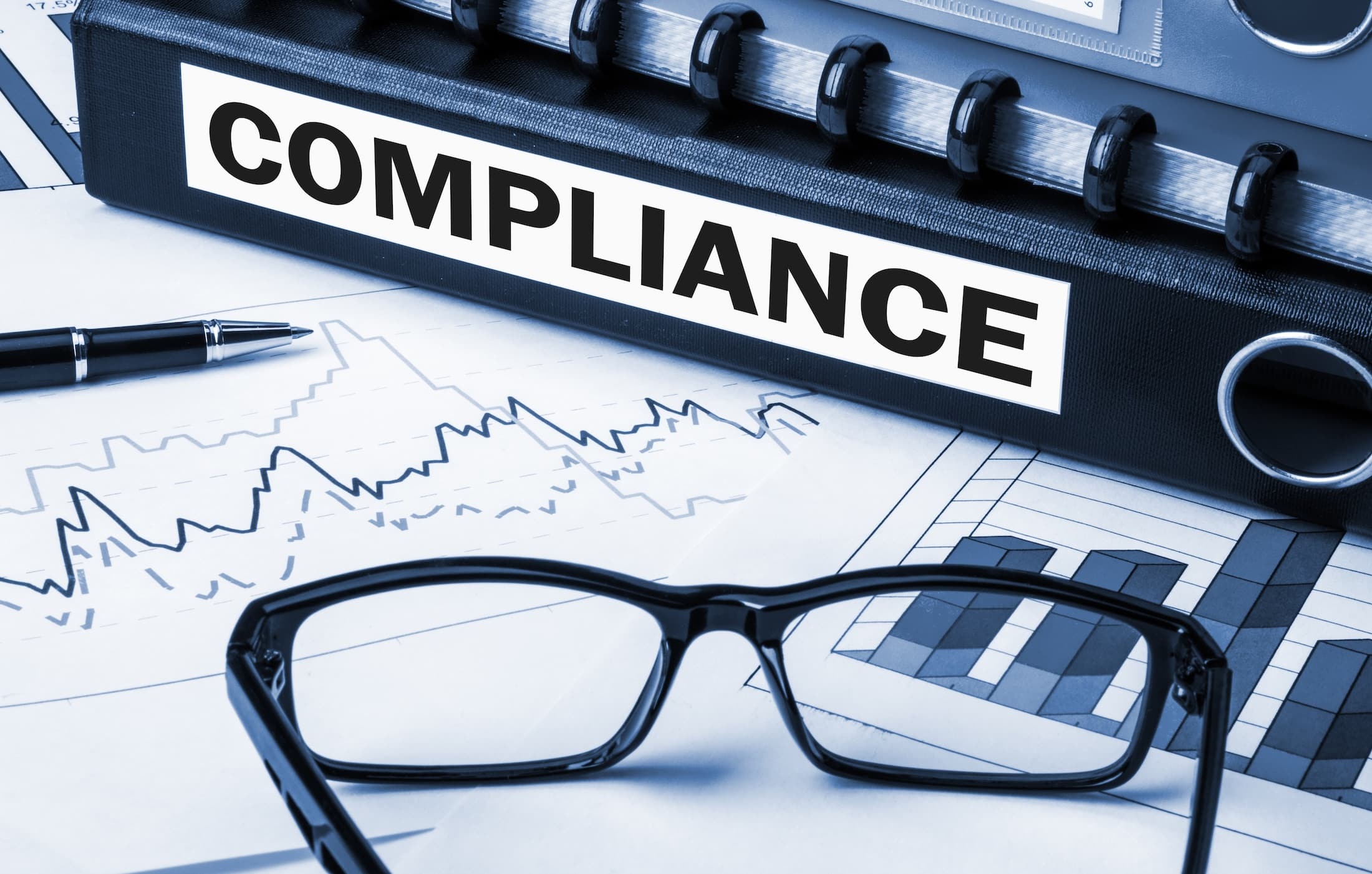 Although the process is inherently uncomfortable for both managers and employees, a formal performance review at least once per year is an essential element of talent management. Improving workforce performance requires that each employee has a clear understanding of his or her strengths and weaknesses and how those impact the broader goals of the company. Employees cannot be expected to improve without a clear idea of where they are falling short of expectations. A performance review is also a useful tool because it provides a solid basis to which managers may refer when assigning bonuses and salary raises.
Although the process is inherently uncomfortable for both managers and employees, a formal performance review at least once per year is an essential element of talent management. Improving workforce performance requires that each employee has a clear understanding of his or her strengths and weaknesses and how those impact the broader goals of the company. Employees cannot be expected to improve without a clear idea of where they are falling short of expectations. A performance review is also a useful tool because it provides a solid basis to which managers may refer when assigning bonuses and salary raises.
While performance review season will inevitably result in some awkwardness and bruised egos, an effective review process should yield positive results for the entire team. Here are some tips for writing reviews that will motivate rather than discourage workers:
1) As you prepare to write the evaluation, review all of your records and communications with the employee since the last evaluation. Browse through your emails to see how often you have praised or criticized the reviewee. It is natural to only remember the interactions that have occurred most recently, but your feedback should take into consideration the employee’s performance throughout the entire review period. Consider asking the employee to write an informal assessment of her own performance; seeing what she considers to be her greatest shortcomings or achievements may help to jog your memory. You may also ask for the opinions of those who work most closely with the reviewee.
2) Offer informal feedback throughout the year. The annual review should not be the first time that an employee becomes aware of her weaknesses. Frequent feedback over time will lead to a relatively painless review process by putting employees on notice of your expectations, and will provide them with the most opportunities to improve.
3) Ensure that the review is clearly written and contains detailed explanations of your observations. You are writing a roadmap that will enable the reviewee to contribute the most possible value to your workforce, so be specific. The employee should be able to refer back to the review periodically to check that she is on target.
4) Cite behaviors rather than traits. If you critique someone’s personality, the review is far more likely to breed antagonism and leave the employee feeling more defeated than inspired. Focus instead on objective, specific goals that the employee has accomplished or failed to accomplish.
5) Balance criticism with praise, and vice versa. If a review is overwhelmingly positive, the employee may become complacent in her role and stop trying to push herself towards excellence. A strongly negative review, on the other hand, may leave the employee feeling that she was treated unfairly, which may cause her to become disengaged or resentful. If, after reviewing the employee’s record, you find yourself struggling to provide positive feedback, it may be time to reconsider whether the individual is the right fit for your organization.
6) Conclude the review by establishing goals for the future. Consider the individual’s unique qualities and goals and how these align with the broader goals of the company. This will provide the employee with a clear idea of how to direct her energies, and will also create a point of reference when the time comes to evaluate the employee’s performance at the next review.
Uncertain how to conduct employee reviews that are honest yet tactful and result in a stronger workforce? Creative Business Resources can help you with conducting employee reviews that get results. Have an HR Expert Contact You – Call us toll-free at (888) 700-8512.





























